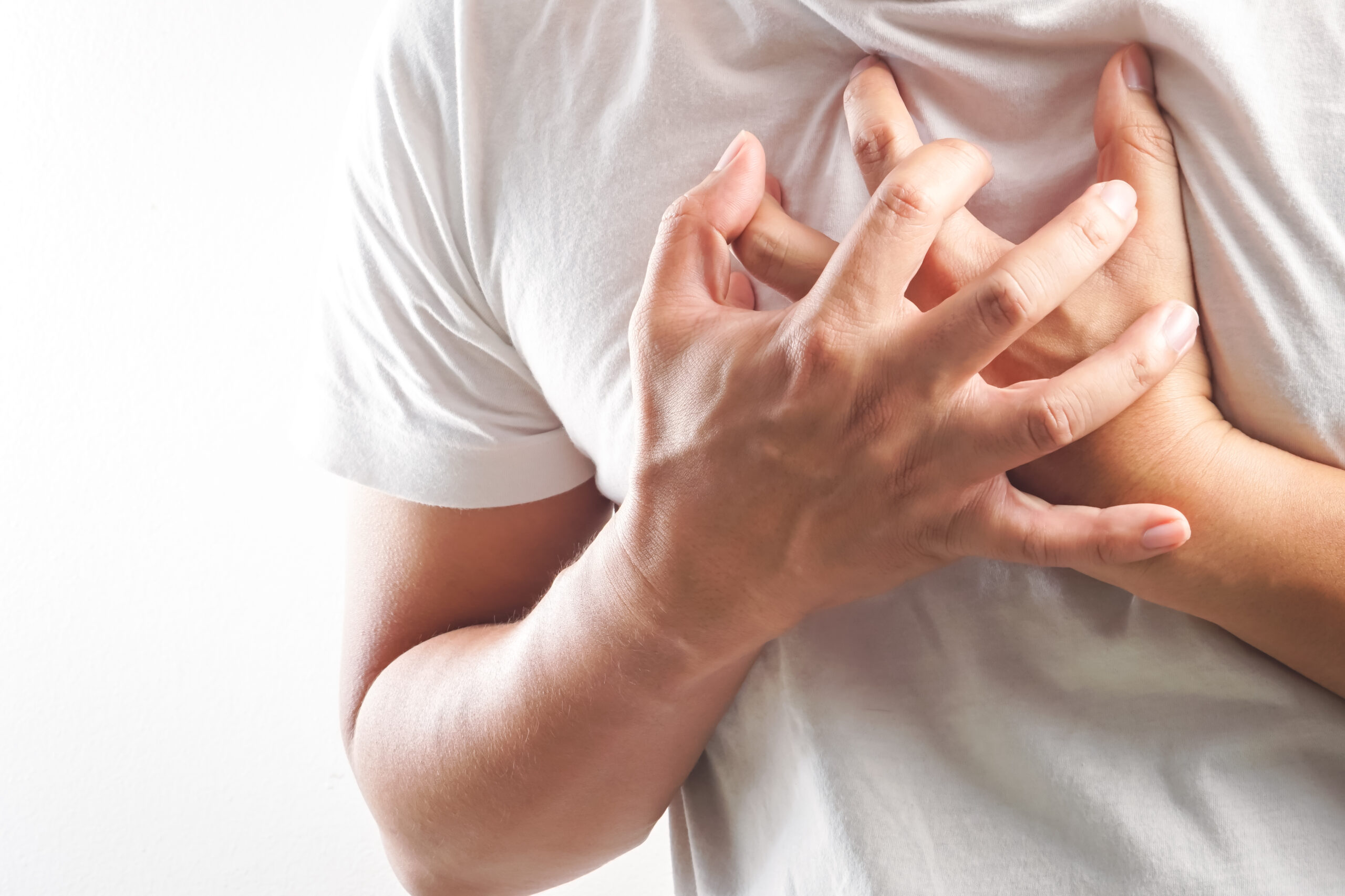What are the symptoms of structural heart disease?
Structural heart disease involves abnormalities in the heart’s structure, including the heart valves, walls, and chambers. Symptoms can vary depending on the type and severity of the condition, but common symptoms include:
- Shortness of Breath: Difficulty breathing, especially during physical activity or when lying flat.
- Chest Pain or Discomfort: Pain, pressure, or tightness in the chest, which can sometimes radiate to the arm, jaw, or back.
- Palpitations: Irregular or rapid heartbeats that may feel like fluttering or pounding.
- Fatigue: Unusual tiredness or weakness, even with minimal exertion.
- Swelling: Fluid retention leading to swelling in the legs, ankles, feet, or abdomen.
- Dizziness or Lightheadedness: Feeling faint or experiencing vertigo.
- Fainting: Sudden loss of consciousness or near-fainting spells.
- Cough: Persistent cough, sometimes with blood-tinged sputum.
These symptoms can overlap with other conditions, so it’s important to consult a healthcare provider for a proper diagnosis and treatment plan.
What are the causes of structural heart disease?
Structural heart disease can be caused by a variety of factors, including congenital, acquired, and degenerative conditions. Here are some common causes:
Congenital Causes
- Congenital Heart Defects: Structural abnormalities present at birth, such as septal defects (holes in the heart walls), valve abnormalities, or complex heart defects.
Acquired Causes
- Valvular Heart Disease: Conditions affecting the heart valves, such as stenosis (narrowing of the valve) or regurgitation (leakage of the valve), often due to age-related degeneration, rheumatic fever, or infections like endocarditis.
- Coronary Artery Disease: Blockages or narrowing of the coronary arteries can lead to ischemia and damage to the heart muscle, resulting in structural changes.
- Myocarditis: Inflammation of the heart muscle, often due to infections or autoimmune diseases, which can lead to structural changes.
- Pericarditis: Inflammation of the pericardium (the heart’s outer lining), which can lead to fluid accumulation and affect heart function.
Degenerative Causes
- Cardiomyopathy: Diseases of the heart muscle that affect its size, shape, and function. Types include dilated cardiomyopathy, hypertrophic cardiomyopathy, and restrictive cardiomyopathy.
- Aging: Age-related changes in the heart tissue, such as valve calcification or fibrosis, can contribute to structural heart disease.
Other Factors
- Genetic Predisposition: Some forms of structural heart disease have a genetic component and can run in families.
- Hypertension: Chronic high blood pressure can lead to structural changes in the heart, such as left ventricular hypertrophy (thickening of the heart muscle).
Early diagnosis and management of these conditions are crucial to prevent complications and improve outcomes.
What is the treatment for structural heart disease?
Treatment for structural heart disease depends on the specific condition, its severity, and the patient’s overall health. Here are some common approaches:
Medical Management
- Medications: To manage symptoms and underlying conditions, including:
- Diuretics: To reduce fluid buildup and swelling.
- ACE Inhibitors/ARBs: To lower blood pressure and reduce heart strain.
- Beta-Blockers: To manage heart rate and reduce the heart’s workload.
- Anticoagulants: To prevent blood clots, especially in cases of atrial fibrillation.
Lifestyle Modifications
- Diet: Low-sodium, heart-healthy diets to manage blood pressure and fluid retention.
- Exercise: Tailored exercise programs to improve cardiovascular health and endurance.
- Weight Management: To reduce strain on the heart.
Interventional Procedures
- Cardiac Catheterization: To diagnose and sometimes treat heart conditions using a catheter inserted into the blood vessels.
- Valve Repair or Replacement: For damaged heart valves, using techniques like balloon valvuloplasty, surgical repair, or valve replacement with mechanical or biological valves.
- Septal Defect Closure: Using a catheter-based device to close holes in the heart’s septum.
Surgical Treatments
- Heart Surgery: Including open-heart surgery to repair or replace damaged valves, correct congenital defects, or bypass blocked arteries.
- Heart Transplant: In severe cases where other treatments are ineffective, a heart transplant may be necessary.
Device Therapy
- Pacemakers: To regulate the heart’s rhythm if there are issues with the heart’s electrical system.
- Implantable Cardioverter-Defibrillators (ICDs): To prevent sudden cardiac arrest in patients at high risk of life-threatening arrhythmias.
Monitoring and Follow-Up
- Regular check-ups with a cardiologist to monitor heart function, adjust treatments, and manage any complications.
The treatment plan is typically individualized, considering factors like the patient’s specific condition, symptoms, and overall health. Consulting a healthcare provider for a tailored approach is essential.

Leave a Reply
You must be logged in to post a comment.